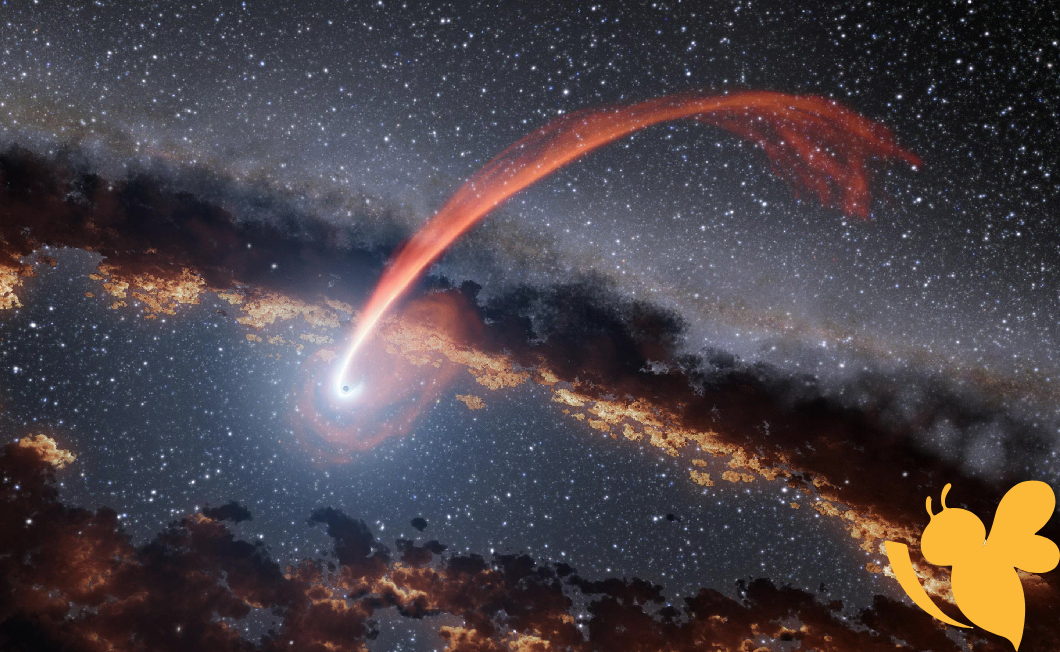Navigating the cosmos has long captivated humanity, and recent findings by NASA have illuminated profound aspects of our universe. Notably, astronomers have identified three supermassive black holes engaged in the consumption of massive stars, an event that releases energy surpassing that of 100 supernovae . These occurrences, termed "extreme nuclear transients," signify some of the most energetic cosmic explosions since the Big Bang. Utilizing data from NASA's Swift Observatory and WISE spacecraft, researchers confirmed these dramatic stellar interactions involving stars with masses ranging from three to ten times that of our Sun.
Astronomers from the University of Hawaiʻi's Institute for Astronomy (IfA) have discovered the most energetic cosmic explosions yet discovered, naming the new class of events "extreme nuclear transients" (ENTs). These extraordinary phenomena occur when massive stars—at least three times heavier than our sun—are torn apart after wandering too close to a supermassive black hole. Their disruption releases vast amounts of energy visible across enormous distances.
A new study using space and ground-based data from NASA, ESA (European Space Agency), and other institutions describes three extreme examples of supermassive black holes feasting on massive stars. These events released more energy than 100 supernovae, and represent the most energetic type of cosmic explosion since the big bang discovered so far.
Each supermassive black hole sits at the center of a distant galaxy, and suddenly brightened when it destroyed a star three to 10 times heavier than our Sun. The brightness then lasted for several months.
Scientists describe these rare occurrences as a new category of cosmic events called “extreme nuclear transients.” Looking for more of these extreme nuclear transients could help unveil some of the most massive supermassive black holes in the universe that are usually quiet.
In a remarkable extension of this research, astronomers pinpointed a tidal disruption event (TDE) named AT2024tvd located 600 million light-years away . This phenomenon features a wandering black hole consuming a star while not positioned at its galaxy's center. The discovery is groundbreaking as it represents the first identification of an offset TDE. The smaller black hole’s distance from its larger counterpart—over one million solar masses—highlights intriguing dynamics within galactic structures .
Read more
12 citizens countries banded from U.S. entry CDC recommends international travelers be fully vaccinated against measles or consider postponing travelSara H
Also on site :
- Michael Mosley’s family say ‘it’s hard to believe that a year has passed’ since his death
- How to prevent sports injuries in children
- What men need to know about prostatectomies – according to prostate cancer specialists

